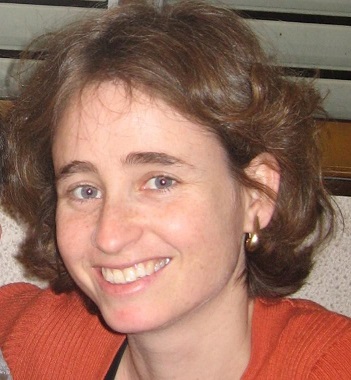Dvira Segal
University of Toronto
ZOOM LINK TO JOIN IN: http://s.ic.fo/QTD_DviraSegal
Friday Oct 23, 2020 / 13:00-14:00 CEST
Charge current, its noise and the thermodynamic uncertainty relation in quantum conductors
Atomic-scale and molecular electronic junctions are examples of nonequilibrium open quantum systems. I will describe two different approaches taken in my group for the study of vibrationally-coupled electron transfer in molecular junctions. In the first project, high order electron-phonon interactions must be included to realize negative differential conductance [1]. The second method builds on the Buttiker’s probe method, allowing exhaustive simulations at low cost [2]. Beyond charge current, I will describe our recent studies of electronic shot noise in nanoscale junctions: We derived theoretical expressions and explained measurements of (i) electronic noise that is generated by temperature differences across conductors [3], and (ii) anomalous electronic shot noise in atomic scale junctions [4]. Furthermore, (iii) I will touch our recent work on the thermodynamic uncertainty relation, focusing on thermoelectric transport [5].
[1] J. Liu, and D. Segal, Nano Lett. 20, 6128 (2020).
[2] R. Korol and D. Segal, J. Phys. Chem. 122, 4206 (2018).
[3] O. Shein-Lumbroso, L. Simine, A. Nitzan, D. Segal, and O. Tal, Nature 562, 240 (2018).
[4] A. Mu, O. Shein-Lumbroso, O. Tal and D. Segal, J. Phys. Chem. C 123, 23853 (2019).
[5] J. Liu and D. Segal, Phys. Rev. E 99, 062141 (2019).


Hi Dvira, I have other questions
One is related to the Delta T noise. You showed at the end other papers, and in the one of K. Saito, the noise had only the Delta T^2
part but not the first. From your expression, I do not see how it would be possible to get rid of the first contribution… I will be glad if you can clarify that to me.
My second question is if the experiment with negative differential resistance is done in a solvent or not. You mentioned solvents at the beginning. How is it usually model for these kinds of experiments?
Thanks!
Hi Felipe,
1. In the Delta T noise for the Kondo system, they subtracted the thermal component to focus on the nonequilibrium (‘excess noise’) contribution. Sorry for the confusion; the term is there!
2. The transport experiment was done in solution using an organic solvent, not sure which… We do not include the solvent explicitly in our model. If it is non-polar, we assume we can still use the Anderson-Holstein type models with parameters maybe somewhat adjusted. There are however interesting experiments on the role of the solvent on the transport, see for example
B. Capozzi, J. Xia, O. Adak, E. Dell, Z. Liu, J.C. Taylor, J. B. Neaton, L. Campos and L. Venkataraman Single-Molecule Diodes with High Rectification Ratios through Environmental Control, Nature Nanotechnology, 10, 522-527 (2015).
Best wishes!
Gracias!!